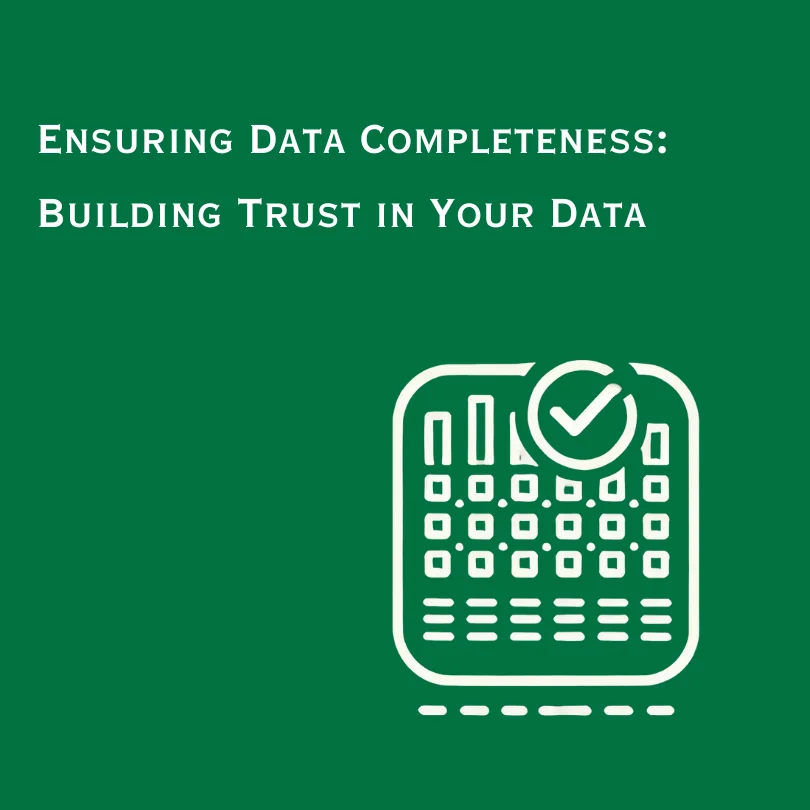Database Anomaly Detection: How to Spot and Catch Rogue Data
Learn how to detect and manage unexpected data points that could signal significant issues within your systems. This guide dives into the types of anomalies you might encounter, how to detect them using advanced methods, and why Telmai might be the tool you didn’t know you needed

Imagine you’re at a bustling airport, watching a sea of passengers glide by. Each person has a destination, a purpose, or perhaps a hidden agenda. Just as security teams use behavior patterns to spot anything out of the ordinary, businesses use database anomaly detection to uncover irregularities hidden within their data streams. These anomalies, much like a traveler sprinting against the flow, often signal something significant — a data entry error, a fraudulent transaction, or an unexpected market trend.
Database anomaly detection is essentially the airport security of data management: a sophisticated scan to ensure everything and everyone is as it should be. It’s not about finding a needle in a haystack; it’s more about noticing that one of the haystacks is not like the others.
Types of database anomalies
Anomalies manifest primarily in three forms:
- Structural Anomalies: These occur when there are deviations in data organization or architecture, such as unexpected changes in database schema or broken data hierarchies which can significantly impact data processing and reporting.
- Data Anomalies: These are the unusual data points that stand out from the normal range of values. This could be due to errors in data entry, defective equipment generating faulty readings, or unusual events captured in the data.
- Behavioral Anomalies: These involve patterns of data that do not conform to the typical behavioral models of the system or its users. Examples might include sudden spikes in database access or unusual patterns of transactions that could mean fraudulent activity.
Understanding these anomalies isn’t just about spotting them; it’s about interpreting what they mean and making informed decisions to steer your business clear of potential pitfalls or to capitalize on unexpected opportunities.
How to detect anomalies in your database
Detecting and ridding your database of anomalies requires a sequence of steps: pre-processing the data, selecting key variables, choosing a detection method—be it statistical, machine learning, or time series analysis—and finally, analyzing the anomalies detected.
1. Clean and Pre-process Your Data
Before diving into anomaly detection, it’s essential to clean your data. This involves removing duplicates, handling missing values, and correcting errors. Pre-processing may also include normalizing data or transforming variables to make them more suitable for analysis.
2. Select the Most Relevant Variables
Not all data points are equally important for every analysis. Identify which variables are most relevant to your specific anomaly detection goals. Your choice here is crucial as it directly impacts the sensitivity and specificity of your detection outcomes.
3. Decide on an Anomaly Detection Method
Depending on the nature of your data and the specific types of anomalies you expect to encounter, select an appropriate detection method. Here are the most common approaches:
- Statistical Methods: These are great for identifying outliers in datasets where the data should conform to a known distribution. Techniques such as z-scores, Grubbs’ Test, or box plots can be used to flag data points that deviate significantly from statistical norms.
- Machine Learning Methods: More complex data patterns require sophisticated models:
- Supervised Learning Methods: Use labeled data to train models that can classify data points as normal or anomalous.
- Semi-Supervised Learning Methods: Useful when you have a small amount of labeled anomaly data and a large amount of normal data. These methods model what normal looks like and identify deviations.
- Unsupervised Learning Methods: Ideal for situations where you do not have labeled data. Techniques like clustering (K-means, DBSCAN) or neural networks (Autoencoders) can identify data points that don’t fit the pattern learned from the bulk of your data.
- Time Series Analysis: If your data is time-dependent, methods like ARIMA (AutoRegressive Integrated Moving Average) or LSTM (Long Short-Term Memory networks) can be used to detect anomalies in time series data by forecasting and observing deviations from expected patterns.
4. Analyze Detected Anomalies
Once anomalies are detected, the next step is to analyze them. Determine their potential causes and assess their impact on your business. This analysis is crucial for deciding whether these anomalies represent errors that need correction, rare events that should be documented, or indicators of emerging trends.
While the steps may sound straightforward, the reality is often complex and time-consuming. Imagine if, instead of dedicating hours to preprocessing and analyzing data, you could have a tool that automates the grunt work, letting you focus on what really matters—making informed decisions based on the results.
Enter Telmai, your new best friend in data quality management.
Detect anomalies and maintain data quality with Telmai
Let’s face it: no one wants to spend their valuable time playing detective with data anomalies – especially not when there are smarter, faster ways to achieve the same results.
Not only can Telmai detect anomalies across diverse data types, even outside traditional databases, but it also enhances your overall data quality.

By continuously monitoring your data, Telmai identifies and alerts you to any anomalies in real-time, ensuring that you’re always working with the most accurate and reliable data. Whether it’s spotting missing values, detecting format inconsistencies, or ensuring data freshness, Telmai has got you covered.
Ready to elevate your data game? Experience the power of Telmai firsthand. It’s time to ensure that no important detail, no matter how small or hidden, goes unnoticed.
- On this page
See what’s possible with Telmai
Request a demo to see the full power of Telmai’s data observability tool for yourself.

